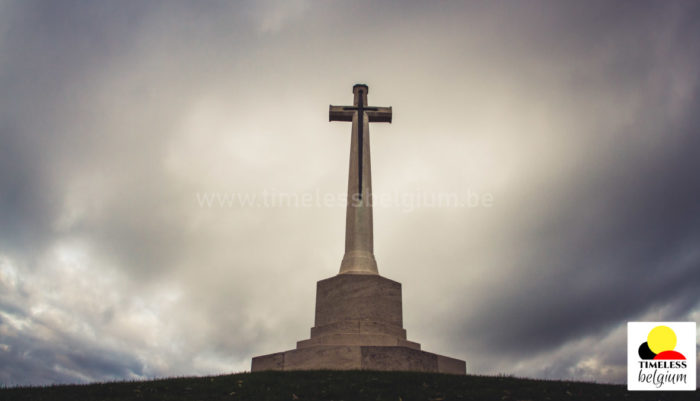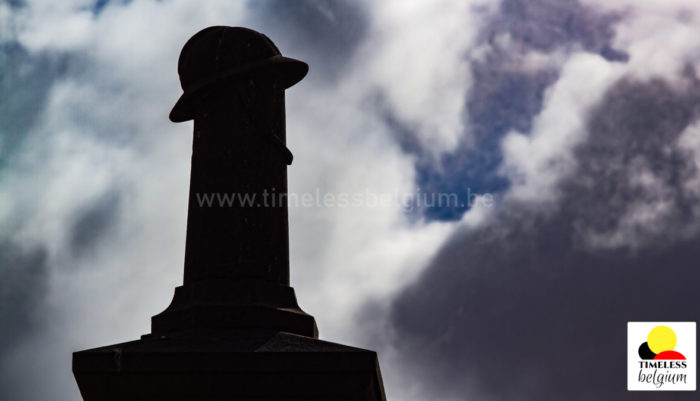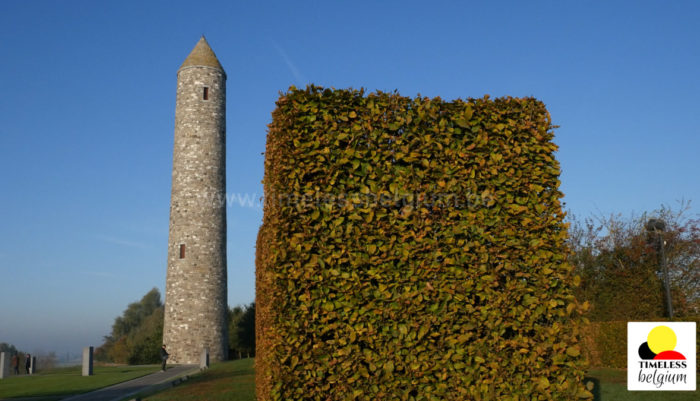Time lapse of Spanbroekmolen remaining mine crater of World War One battle of Messines, located near Wijtschate village, Heuvelland
(Browse the collection : West Flanders Province time lapse and video stock footage)
The Spanbroekmolen Mine Crater, also known as Lone Tree Crater, is the site of the largest of 19 mines blown by the British Army in the early hours of the morning of 7 June 1917. This signalled the launch of the Battle of Messines.
The Pool of Peace (or Lone Tree Crater) in Wijtschate is now a peaceful reminder of the great Mine Battle of June 1917. The opening of the offensive was marked by the detonation of 19 deep mines under the German lines between Ploegsteert and Hill 60. The explosions formed enormous craters in the landscape. The largest and most impressive crater is the Pool of Peace. It is 12 meters deep and has a diameter of 129 meters.
Suddenly at dawn, as a signal for all of our guns to open fire, there rose out of the dark ridge of Messines and ‘Whitesheet’ and that ill-famed Hill 60, enormous volumes of scarlet flame […] throwing up high towers of earth and smoke all lighted by the flame, spilling over into fountains of fierce colour, so that many of our soldiers waiting for the assault were thrown to the ground. The German troops were stunned, dazed and horror-stricken if there were not killed outright. Many of them lay dead in the great craters opened by the mines.
File names, codec and sizes | ||
pool01_fhd | pool01_uhd | pool01_web |
Mov ProRes 422 HQ | Mov ProRes 422 HQ | H264 Mp4 |
249 Mo | 946 Mo | 14,4 Mo |

 My Account
My Account 



